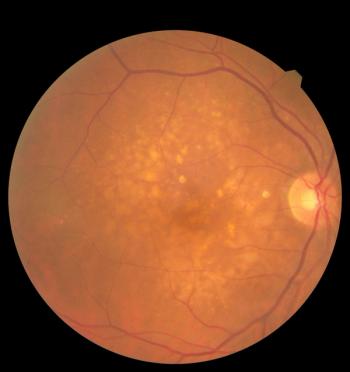
Good Patient-Provider Communication Improves Outcomes in Heart Disease
Heart disease patients are more likely to adhere to medication if they have good communication with providers.
Good communication between a patient and their healthcare providers can mean the difference between optimal quality of life and adverse events, a recent study found. Providers must communicate the importance of treatments and the potential consequences of nonadherence.
A new study presented at the American Heart Association’s Quality of Care and Outcomes Research Scientific Sessions 2017 found that patients with atherosclerosis who had good communication with providers were more likely to adhere to treatment regimens and less likely to visit the emergency department.
Included in the study were 6910 patients with atherosclerosis. Patients were asked questions asking how often their healthcare providers showed respect for their thoughts, and if they felt their providers spent enough time with them.
Patients who had good communication with providers were found to be 52% more likely to take prescribed statins and 26% more likely to take aspirin, according to the study.
Remarkably, these patients were 41% less likely to visit the emergency department compared with patients who reported suboptimal communication.
Patients reporting poor communication were twice as likely to have poor outcomes, and spend an additional $1243 in healthcare costs, according to the study.
“A patient’s beliefs about their illness, their perception of the health care system, the extent to which a physician fulfils the patient’s requests and other obstacles can make it a challenge for patients and providers to connect,” said lead study author Victor M. Okunrintemi, MD, MPH.
While other factors contribute to patient outcomes, these findings show that communication is key to ensuring success and reducing unnecessary hospitalization, which could also reduce overall healthcare spending.
“One cannot say for sure how communication exactly influences health outcomes,” Dr Okunrintemi said. “However, optimal communication between patients and their healthcare providers may yield better understanding of the medical condition, build trust and confidence, motivate patients and promote adherence to medication which could improve patients’ health status while reducing the need for unnecessary health resource utilization which can lower health care expenditures.”
Newsletter
Stay informed on drug updates, treatment guidelines, and pharmacy practice trends—subscribe to Pharmacy Times for weekly clinical insights.






































































































































































































